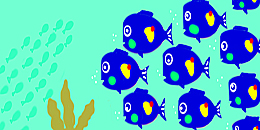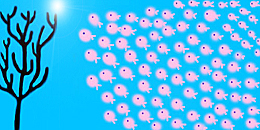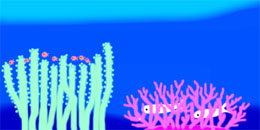 |
clean |
1. |
Clean ocean that grows healthy coral reefs |
| ocean |
2. |
Nurse many groups of fish and other sea creatures |
| |
3. |
Enjoy marine activities safely |
| |
4. |
Produce lots of fresh sea food |
| |
|
 |
| |
|
|
 |
beautiful |
1. |
Clean, beautiful beaches where people can relax |
| beaches |
2. |
Trash-free with no drifting debris |
| |
|
 |
| |
|
|
 |
coral reefs |
1. |
Conserve the current abundance of coral reefs |
| 2. |
Maintain a healthy marine ecosystem |
| |
 |
| |
|
 |
endangered plants |
1. |
Protect the currently endangered plants and trees that surrounds Miyako Island |
| 2. |
Plant more trees |
| |
|
 |
endangered animals |
1. |
Preserve the nature to create more homes for endangered species |
| 2. |
Preserve nature from land developments and damages from agricultural chemicals. |
| |
|
 |
Miyako dialects |
1. |
Preserve Miyako dialects that are important to their culture |
| 2. |
Teach younger generations so they could continue to maintain their island’s dialect |
| |
|
 |
local vegetables |
1. |
Get more children to eat local vegetables in creative and delicious meals |
| 2. |
Get more knowledge on the uses of each vegetation such as their nutritional or medical purposes |
| |
|
 |
cultures & traditions |
1. |
Keep records of cultural/traditional events to pass down to future generation to preserve the island’s culture |
| |
|
 |
helping each other |
1. |
Follow the principles of “mutual help and care” to make Miyako Island a safe and peaceful place |
| 2. |
Work together to prevent any future problems and accidents |
| |
|
| |
|
|
